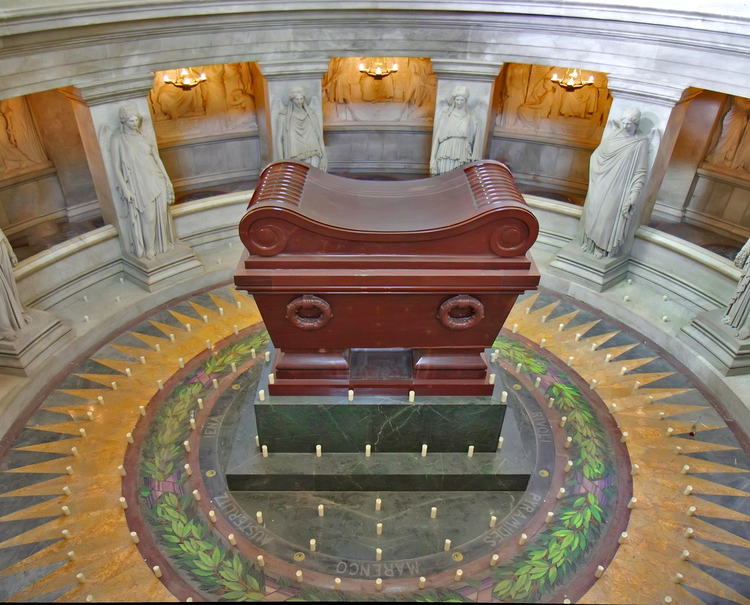Queen Elizabeth II is led on her final journey to the King George VI Memorial today. It’s striking that the former British sovereign is buried in two coffins. A smaller, lead-lined one is placed inside a larger one.
Few people know, however, why lead is used in coffin construction. The metal is used especially when the deceased are not buried in the ground. The body of Queen Elizabeth II will be kept above ground in the King George VI Memorial. It is therefore important that no odours escape from the coffin.
Lead insulates the coffin very well, and the body inside decomposes more slowly. “Most people are buried underground. If you have a vault or a family room in a church, then the coffin stays above ground and is exposed to the elements. A well-insulated casket is very important in this case,” said Matthew Lymn Rose, director at A W Lymn, The Family Funeral Service.
Also read: The strange story of the ‘golden’ Wii console made especially for Queen Elizabeth II
For example, another historical figure who was buried in a lead-plated coffin was Napoleon Bonaparte. Like Queen Elizabeth II, he “rests” above ground in the Dom of the Invalides in Paris.

The Queen’s coffin was built 30 years ago from oak from one of her estates.
Experts in the field say lead can be replaced today with zinc. This metal is lighter, thinner and more malleable. But the technology didn’t exist decades ago.
The Queen’s coffin is so heavy that it is carried by eight servicemen, instead of six as is normal at state funerals in Britain.
Also read: The video game that even Queen Elizabeth II couldn’t resist

 What’s happening with AI? Researcher explains why you can look forward to more creative NPCs, competition for ChatGPT and hot dog tomatoes
What’s happening with AI? Researcher explains why you can look forward to more creative NPCs, competition for ChatGPT and hot dog tomatoes Cowboy launches new on-demand service: That’s what’s inside
Cowboy launches new on-demand service: That’s what’s inside The new 4K Fire TV stick is now brutally reduced and transforms your old television into a smart TV
The new 4K Fire TV stick is now brutally reduced and transforms your old television into a smart TV The best mouse I’ve ever had, convinces me for gaming, work and home office and is different than all its predecessors!
The best mouse I’ve ever had, convinces me for gaming, work and home office and is different than all its predecessors! The first smart glasses suitable for everyday use that you can buy
The first smart glasses suitable for everyday use that you can buy